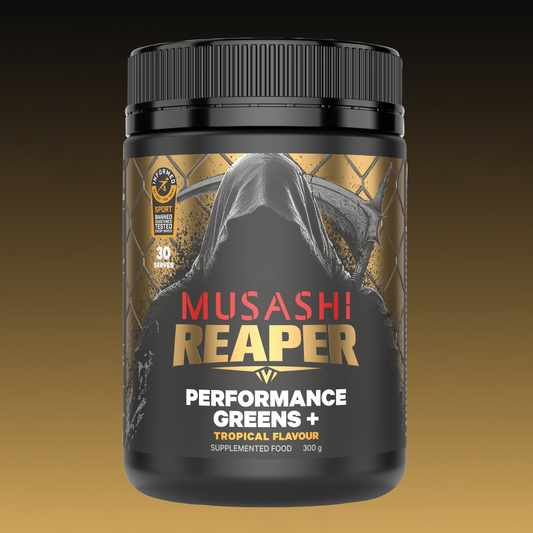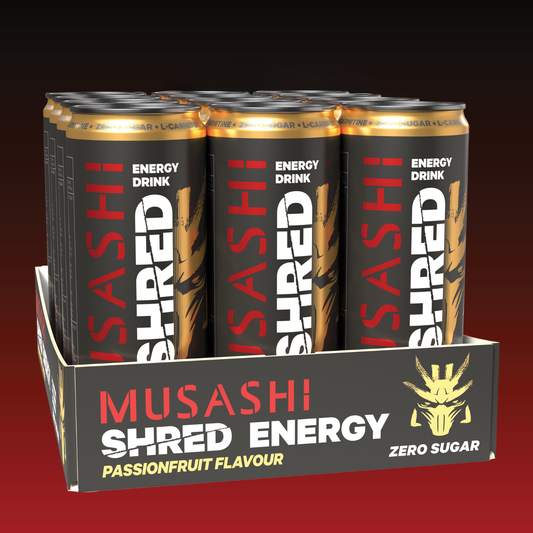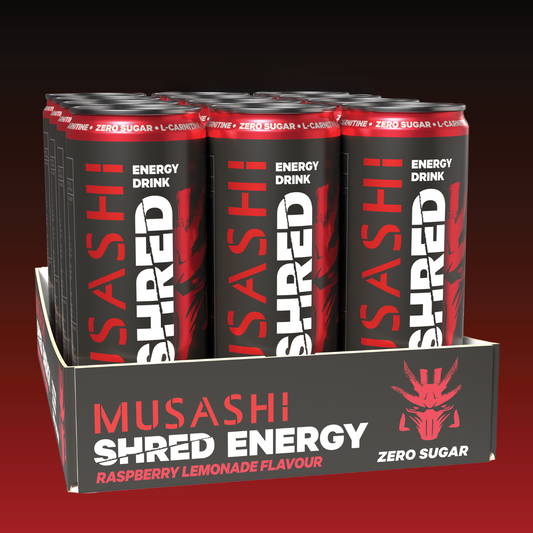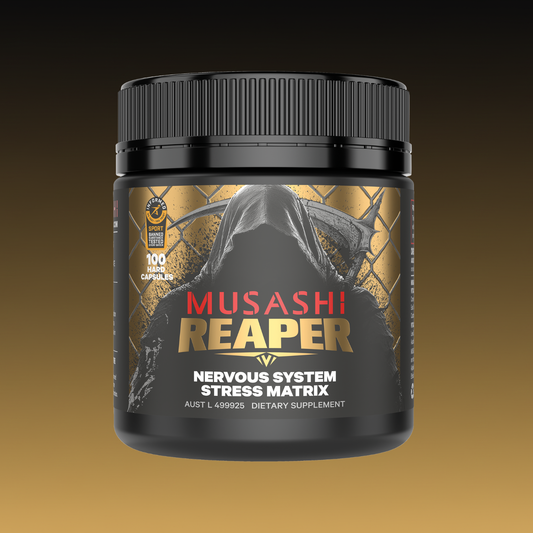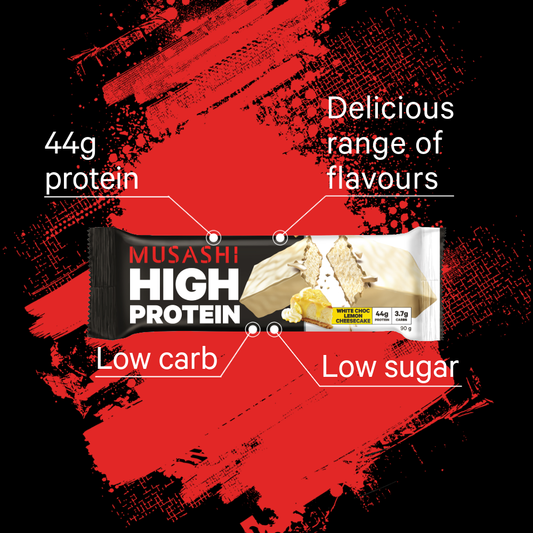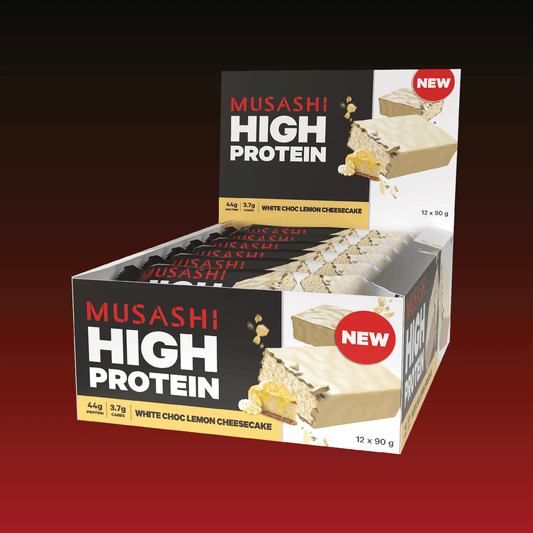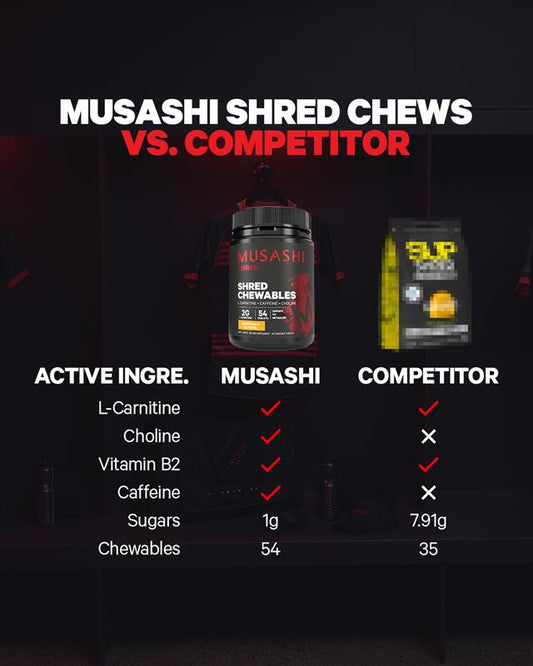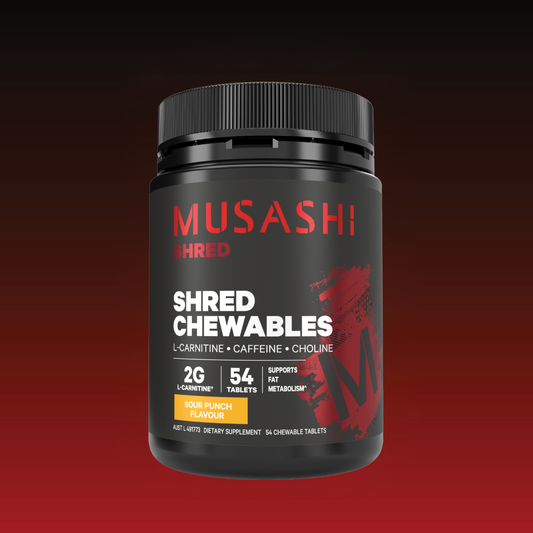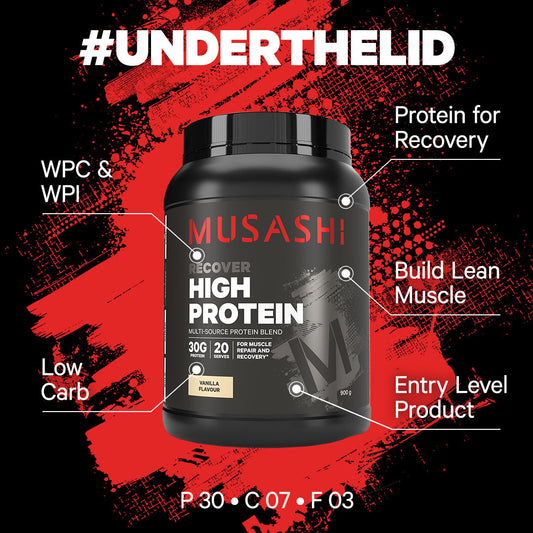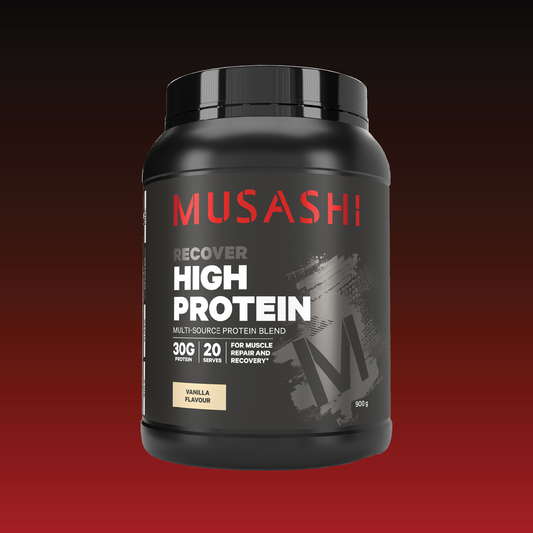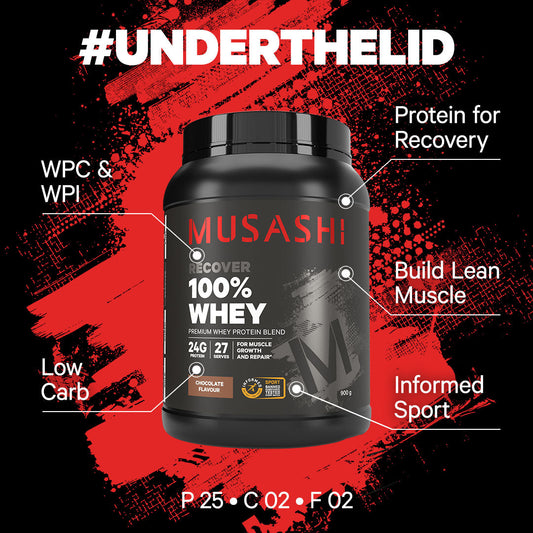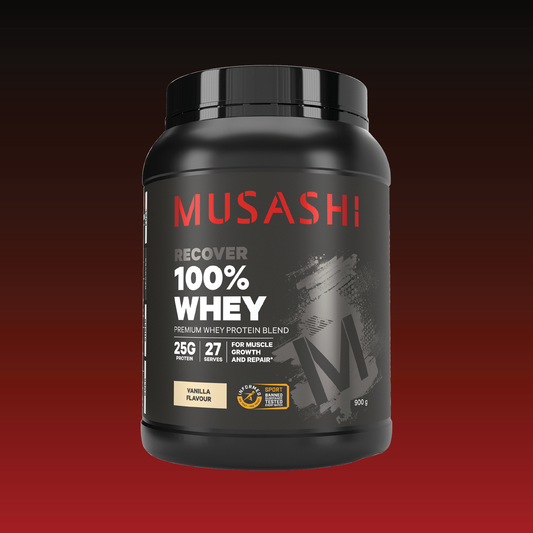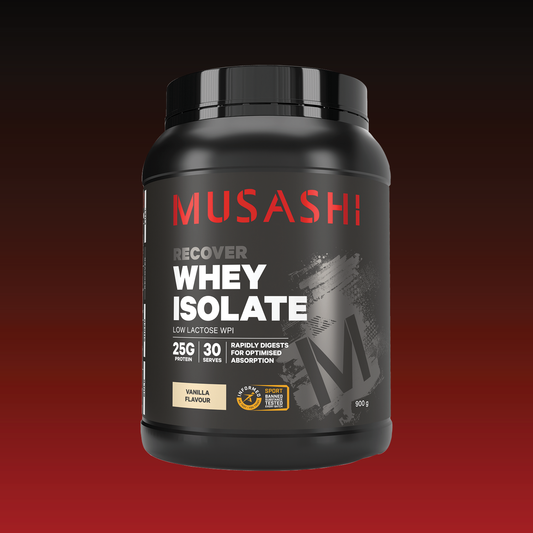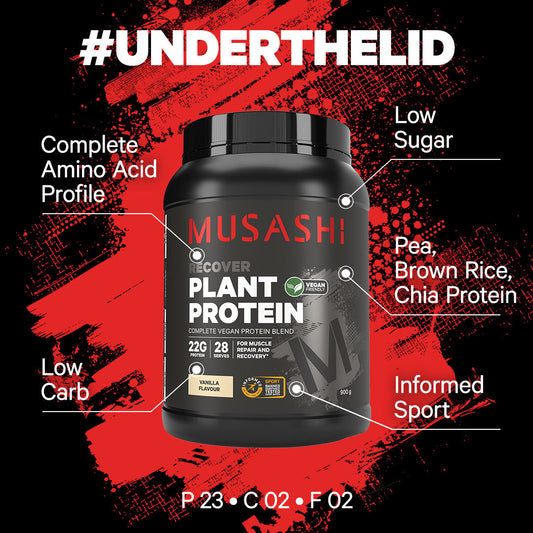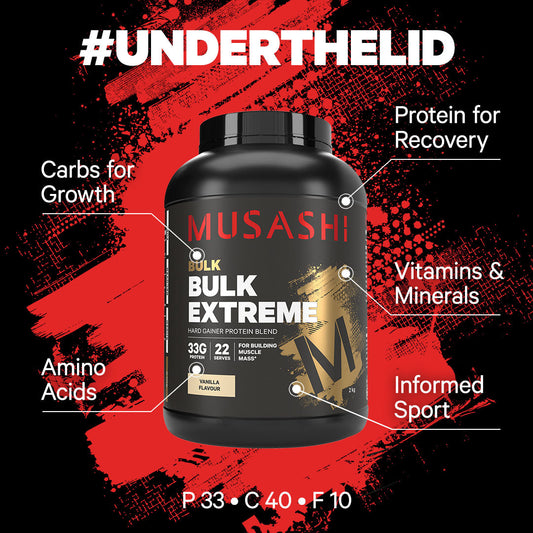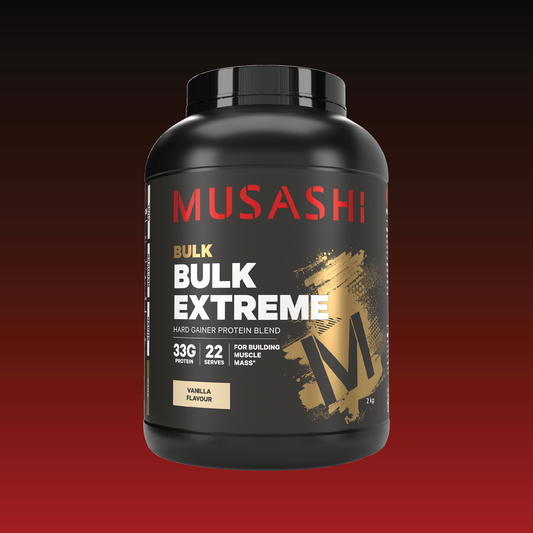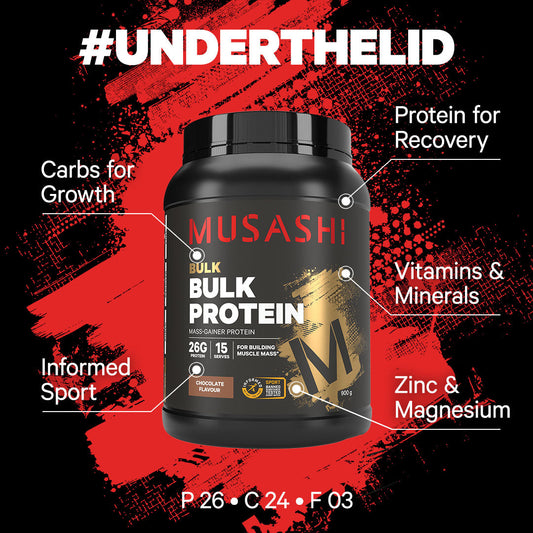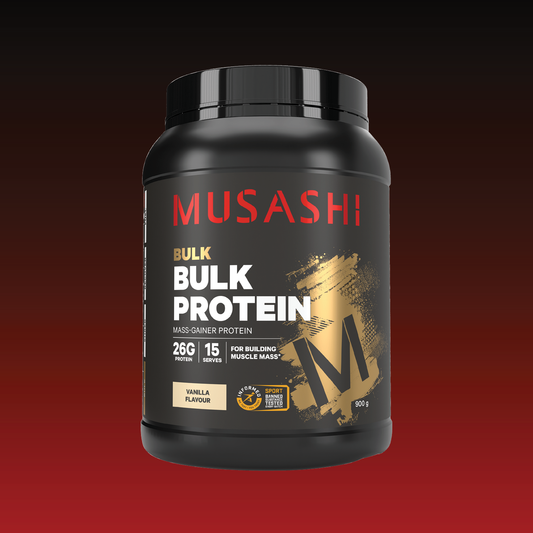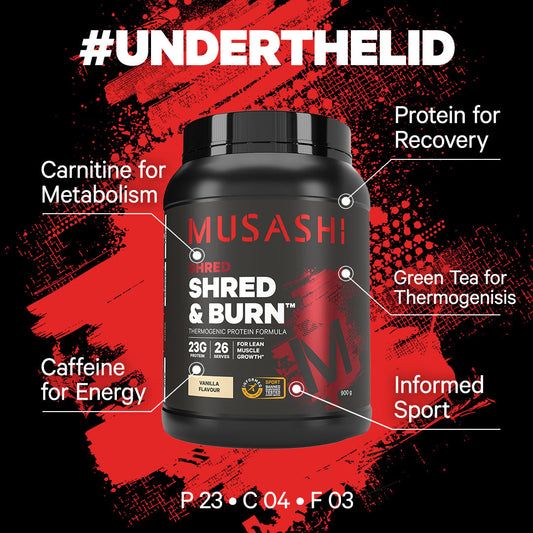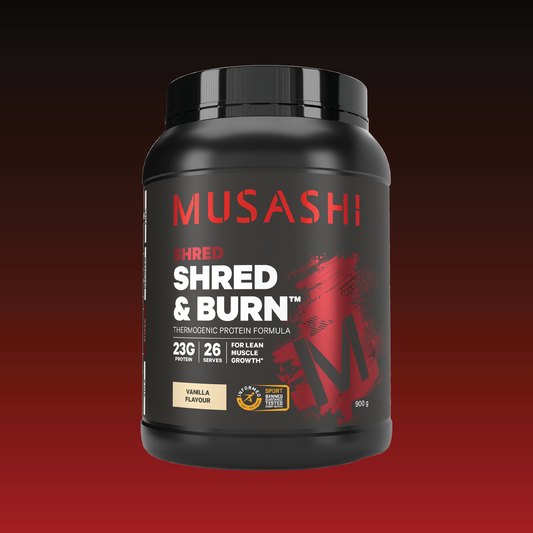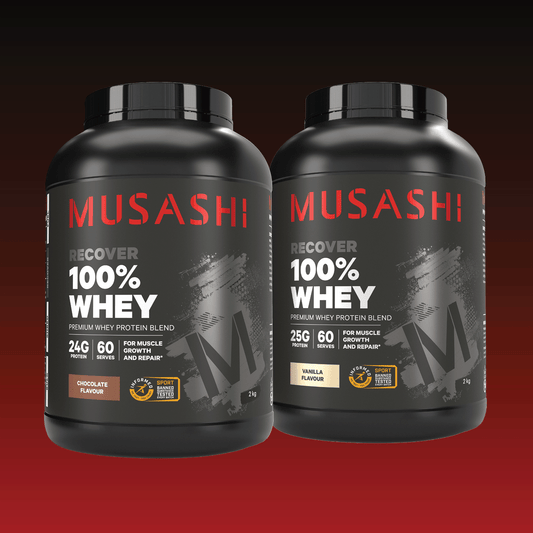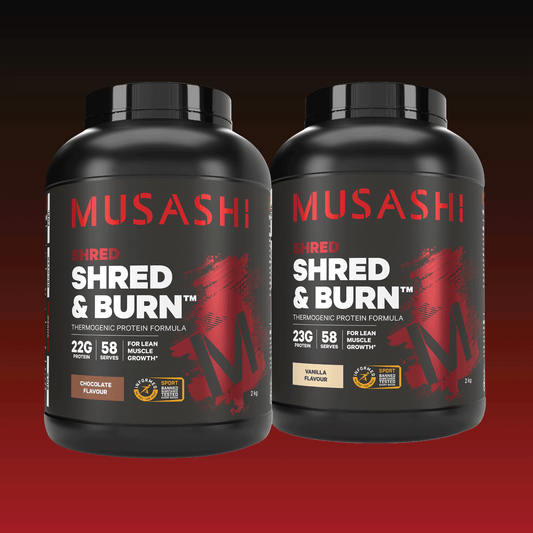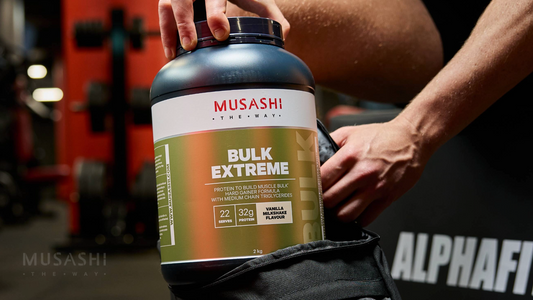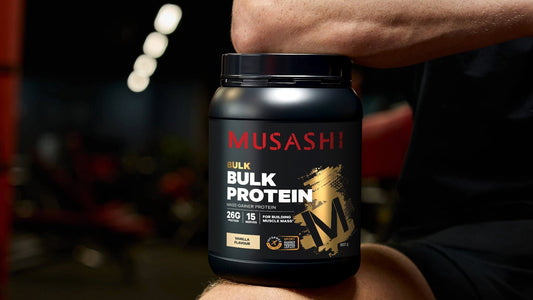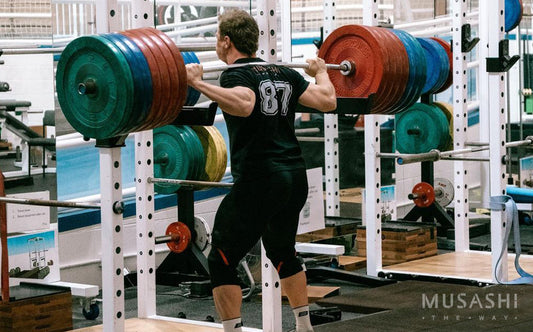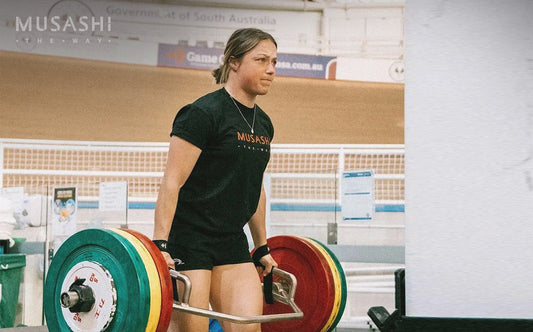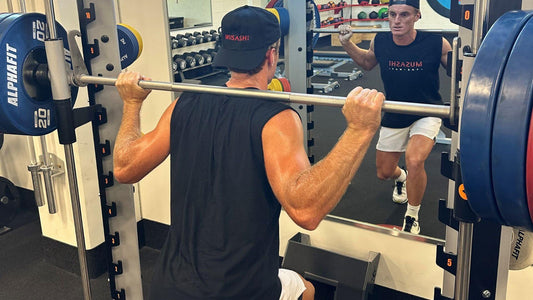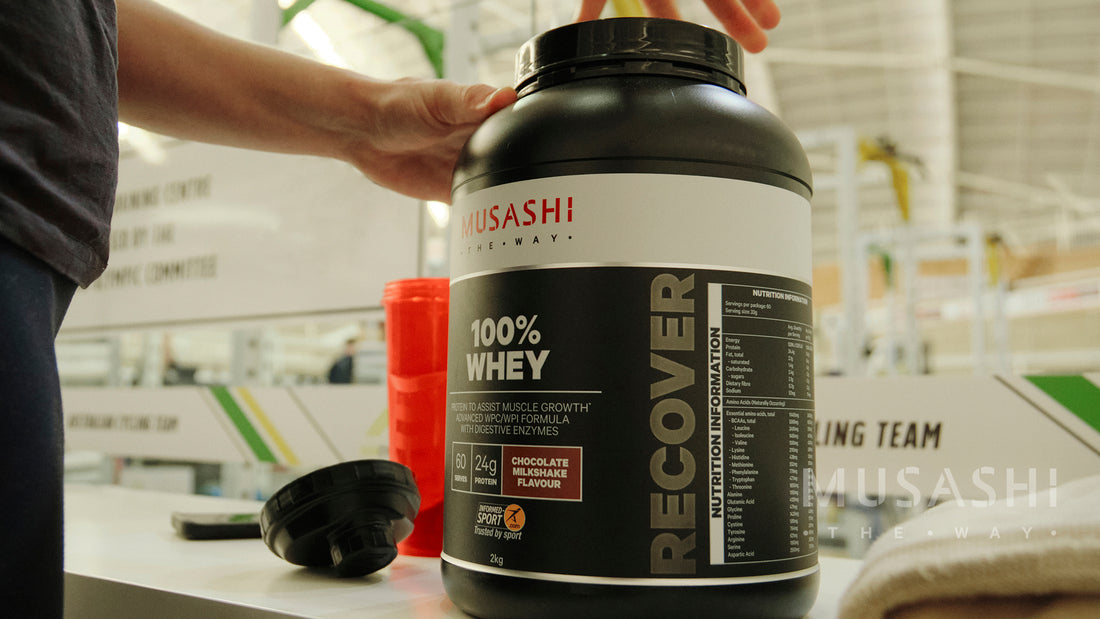
According to Louise Burke at the Australian Institute of Sport, 20g of protein is the optimal amount for meals and snacks. Research also shows greater muscle mass can benefit from amounts as high as 40g per meal.
However, as we are all individuals the answer to the question ‘how much protein do I need?’ will depend on your personal weight, goal and activity level.
For example, individuals who fall in the sedentary group require a minimum of 0.8g of protein per kg of body weight whereas individuals who fall in the moderate-intensity endurance group with high activity levels require between 1.2-2g of protein per kg body weight.
Example calculation:
70kg elite male endurance athlete
70 x 1.6 = 112g protein per day
Indication of Protein Requirement
| Group | Protein intake (g/kg/day) |
| Sedentary men and women | 0.8-1.0 |
| Elite male endurance athletes | 1.6 |
| Moderate-intensity endurance athletes (a) | 1.2 |
| Recreational endurance athletes (b) | 0.8-1.0 |
| Football, power sports | 1.4-1.7 |
| Resistance athletes (early training) | 1.5-1.7 |
| Resistance athletes (steady state) | 1.0-1.2 |
| Female athletes | ~15% lower than male athletes |
Burke and Deakin, Clinical Sports Nutrition, 3rd Edition, McGraw-Hill Australia Pty Ltd, 2006
Protein in Diet, Food and Supplementation
Some athletes can reach their daily protein targets from a balanced diet but others may have difficulty meeting protein requirements and will benefit from protein supplementation.
The table below identifies the amount of protein found in a variety of foods.
| Food | Serve size | Protein (g) |
|
Beef fillet, grilled, lean Chicken fillet, skinless, grilled Turkey, lean, baked Pork, boneless, lean, cooked Fish, grilled Canned Tuna Tofu Milk, skim Milk, full cream Soymilk Egg, hard boiled Yoghurt, low fat, plain Cheese, cheddar Cottage cheese Ricotta cheese Rice, white cooked Bread, whole meal Ice-cream |
100g 100g 100g 100g 100g 100g 90g 1 cup (250ml) 1 cup (250ml) 1 cup (250ml) 1 large 1 tub (200g) 1 slice (20g) 30g 30g 1 cup (160g) 1 slice (30g) 1 scoop (50g) |
30 28 30 23 21 29 28 9 8.5 6 6 11 5 5 3.3 4 3 2 |
There are many reasons people choose protein shakes, but the most common reasons are to build muscle, lose weight, gain weight and muscle recovery. Most of us typically eat breakfast, lunch and dinner and experts recommend we include protein with each main meal, but snacks are often neglected and protein poor i.e. chips, biscuits, fruit, chocolate all contain low levels of protein.
Protein shakes, drinks and bars are a great way to top up daily protein requirements and help split daily protein evenly throughout the day. To help you choose a protein supplement that’s right for you, start by working out your total daily protein requirements and divide the amount by the number of meals you eat per day. This will give you a total about of protein you should look for on the label of your Musashi protein supplement when selecting a snack.
Example calculation
80kg weight gaining athlete
80 x 1.8 = 144g protein per day
Divide the total (144g) by the amount of meals per day i.e. 5 meals per day = 29g protein per meal.
Below provides an example of how 144g of protein can be evenly divided throughout the day.
| Breakfast | Morning Snack | Lunch | Afternoon Snack | Dinner |
| 4 x Scrambled eggs on grain toast (29g protein) | Musashi High Protein smoothie (30g protein) | Large tin of Tuna & Salad (29g Protein) | Musashi Deluxe Protein Bar (22g Protein) | Chicken, vegetables and rice (28g protein) |
By Gwen Gothard
Sign up to Musashi United for more member exclusive nutrition and training programs here!

